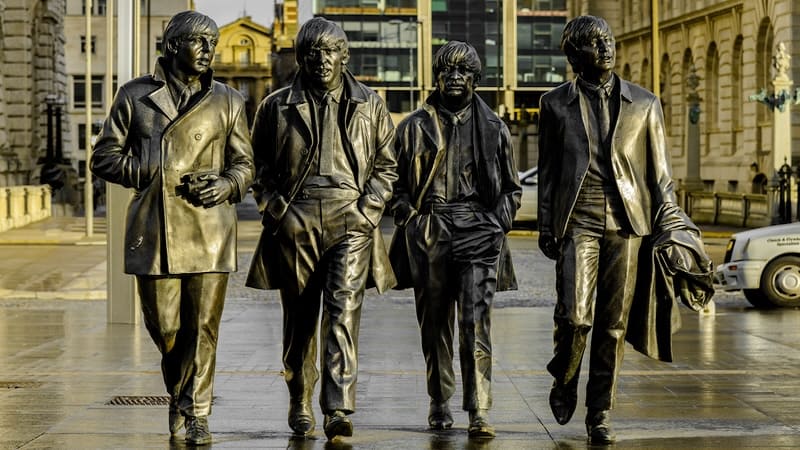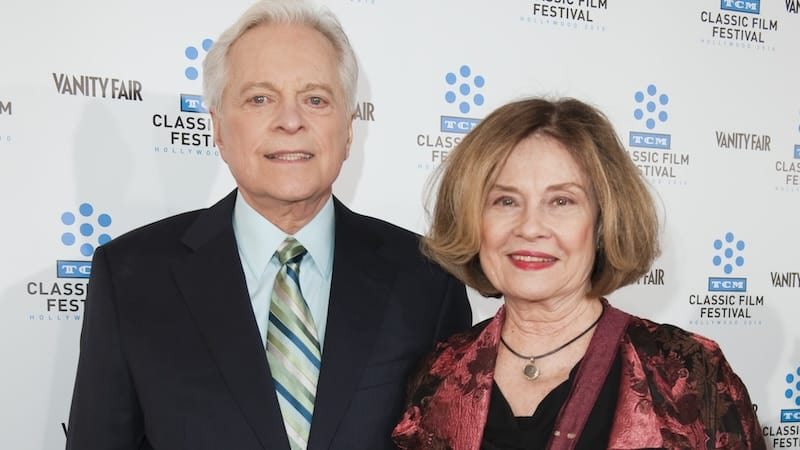The Power of Love
How one caring man nurtured one child in need and ultimately brought Gumby to life
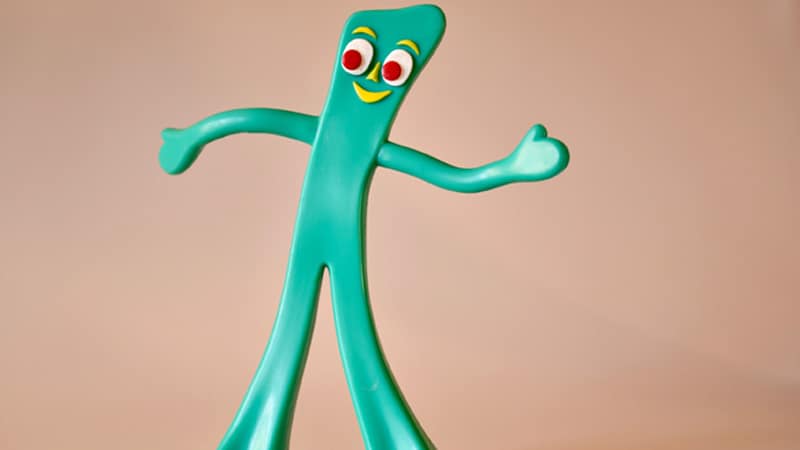
“Love covers over a multitude of sins,” says the Bible. Sometimes, it can be so powerful that it produces ripples of good that spread around the world, impacting millions. I heard a story recently that illustrates such power.
The story begins in 1921 with the birth of Arthur Charles Farrington. As a young child, Art lived with his parents in Detroit, Michigan. One of his earliest pleasures was visiting his grandfather on his farm located about 80 miles north of Detroit. There, he enjoyed playing in and molding a clay-mud mixture that he called “Gumbo.”
While Art was still young, his mother moved to California with another man. She took Art’s younger sister but left Art with his father. The father and son managed fine until, about a year later, Art’s father was killed in an automobile accident.
The young boy was shuttled from relative to relative till finally his mother consented to Art joining them in California. After about a year, his stepfather, bothered by Art’s resemblance to his father, gave his wife an ultimatum: “Either he goes or I go.” Art’s mother, who was pregnant at the time, decided that her son would be the one to go.
At about the same time, Joseph W. Clokey, a music professor at nearby Pomona College, in Claremont, California, was facing his own personal tragedy. The professor’s wife had succumbed to polio and his clergyman had recommended that he consider adopting a child to help in coping with his loneliness.
A ray of hope was about to shine for both Art and Professor Clokey in the person of a kind German immigrant woman named Mrs. Stoy, who ran the foster home where Art had been sent. Mrs. Stoy took a personal interest in the boy, admiring his penchant for drawing. Upon learning of Professor Clokey’s loss, Mrs. Stoy became a matchmaker of sorts. After all, the professor was himself an artist, having written hundreds of sacred musical compositions, many of which are still played in churches today.
If the tale had ended there, it would have still been a nice story of a boy who finds a loving father. But there’s much more to this story.
NURTURING THE MUSE
If the professor had not been somewhat of a Renaissance man who had both the love and the means to help his new son pursue his interests, you and I may never have heard of Art Clokey or his creativity. But, here’s the rest of the story.
Joseph Clokey was a loving, caring man who nurtured his son’s artistic leanings. He provided him with a movie camera and took him to a variety of locales, including Siberia, where he could develop his talents. After high school and a stint in the military during World War II, Art accompanied his father to Ohio, where the professor had taken a position with Miami University in Oxford.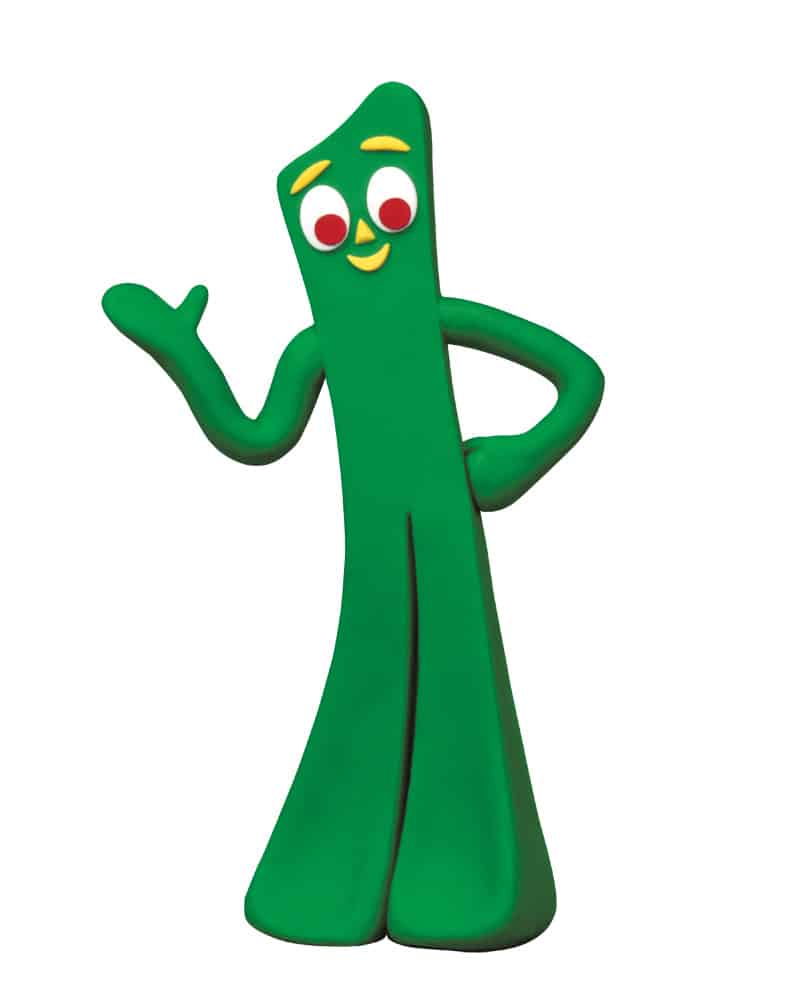
Art obtained a degree from Miami before moving to Connecticut and enrolling in Hartford Seminary, where he met and fell madly in love with Ruth Parklander. They married and moved to California, where they hoped to make religious films for children.
Art began taking classes at the University of Southern California, where he studied kinesthetic film under Yugoslav filmmaker Slavko Vorkapich, who was pioneering an imaginative technique, which he described as “massaging of the eye cells.”
In 1953, as a class project, Art created a three-minute film that would forever change the direction of his life. Drawing on the skills that he had developed as a boy molding clay or “gumbo” on his grandfather’s farm, Art used a stop-action technique that created the sensation of watching lumps of clay magically transform into various shapes to the sounds of jazz music. In a homage to Walt Disney’s 1940 film Fantasia, Art named his film Gumbasia.
Ultimately, Art screened the film for a Hollywood producer who was so excited by what he’d seen that he teamed up with Art to create programming for children’s television. Art was encouraged to mold the clay into characters.
In 1955, he produced his first such film, featuring a mischievous boy filled with imagination. He named the boy “Gumby.” The very first episode of Gumby was tested on a new kids’ TV show, Howdy Doody. The rest of the story is, as they say, history.
TELLING THE TALE
The inspiring story of Art and Ruth Clokey and Gumby is told in a newly released book, Gumby Imagined, written by Art’s son, Joe, and Joe’s wife, Joan. I had the privilege of speaking with the Clokeys. As their story unfolded, I couldn’t help but be impressed by the power of love.
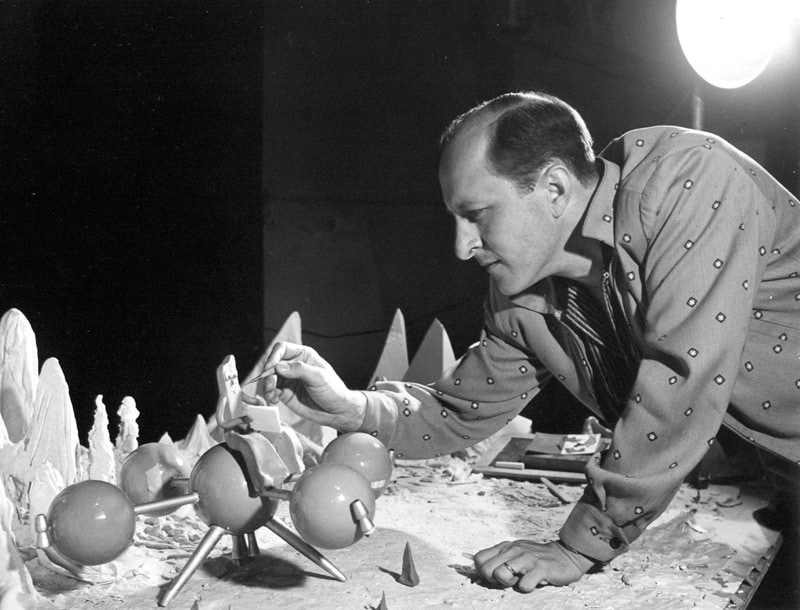
Gumby’s adventures reflect Art Clokey’s love, but, more telling is the love that the once-troubled teen paid forward to his own son.
“Joe is like Gumby. He is very positive,” Joan Clokey told me, adding that many of the Gumby episodes were based on bedtime stories that Art would tell his son.
Both Joe and Joan Clokey have poured themselves not only into the new book, but into continuing the legacy that Art started over 60 years ago.
Today, Gumby, whom Joe Clokey says has always been “a Clayboy for his time,” has new adventures in comic books, graphic novels and films. I asked the Clokeys how Gumby could transcend so many generations. “I’ve tried to analyze what’s so special about Gumby,” Joan Clokey replied. “It’s his heart. Gumby cares about other people. He wants to leave the world a better place.”
Joe Clokey agrees, adding, “Gumby was born from my dad’s pure, unadulterated imagination and creativity. He was able to imagine and create out of his love for kids.”
In their new book, Joe and Joan Clokey tell this story with both love and refreshing honesty. For instance, Joe Clokey admits that he was not happy with Eddie Murphy’s Saturday Night Live parody of Gumby in the ’70s. “I told my dad,” he says, “That’s not Gumby. Gumby doesn’t act like that. But my dad loved it. He told me, ‘It’s funny because it’s not at all like Gumby. Eddie Murphy is a genius.’’
Alluding to the increased interest in Gumby after the character was re-imagined by Murphy, Joe Clokey adds, “Eddie Murphy put me through college.”
I asked him how he thought his father was able to overcome his troubled childhood. Joe Clokey reflects for a moment and says, “Kind people entered his life. My dad was a really happy guy.”
Now, that’s what I would call the power of love.
Gumby Imagined is available at Amazon and at GumbyWorld.com.
Steve says he feels pre-eminently qualified to write a story about Gumby. “I was somewhat of an on-air personality myself in the early days of television, having appeared for about three minutes on the Sailor Bob Show at the age of eleven,” he recalls. Before becoming a writer and editor, Steve had what he calls “a very unremarkable career in radio.” The highlight of his radio career came when local broadcast personality Alden Aaroe told him that he had a voice for print.

